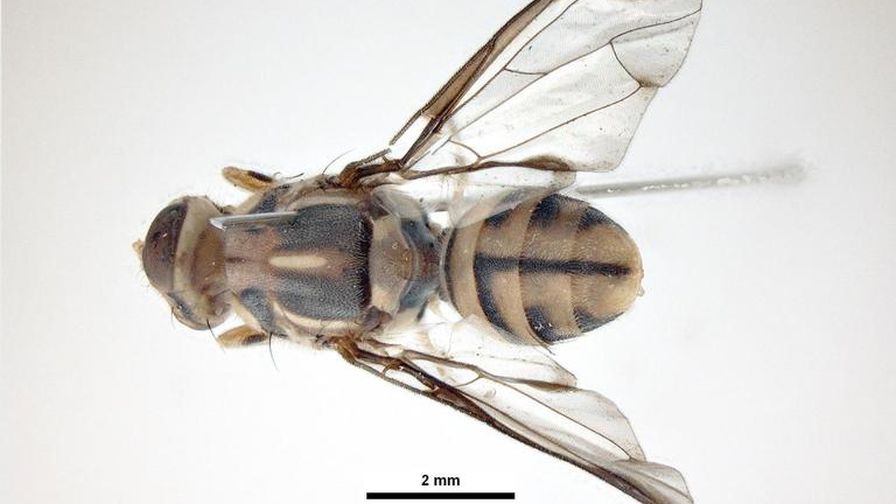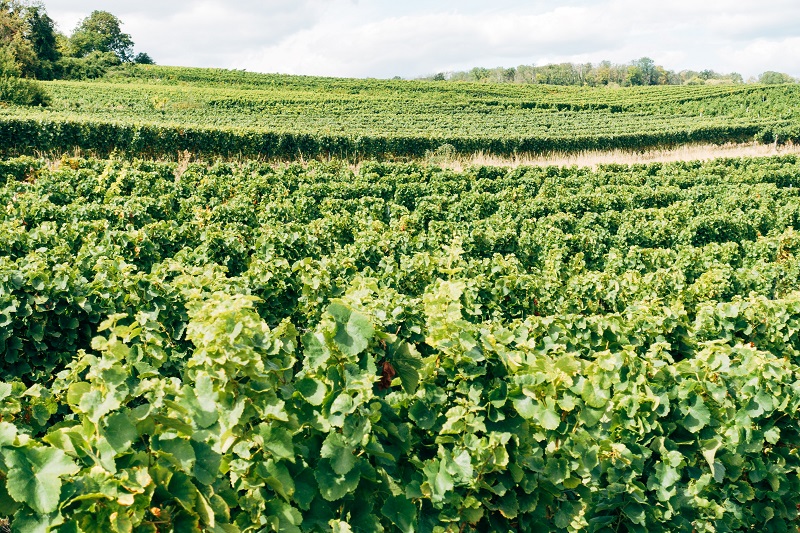Pest Alert! New Invasive Species of Fruit Fly Found in Los Angeles County
A portion of Los Angeles County in California was placed under quarantine July 25 for the Tau fruit fly (Zeugodacus tau group) following the detection of more than 20 flies in the unincorporated area of Stevenson Ranch, near the city of Santa Clarita.
The quarantine area measures 79 square miles, bordered on the north by Castaic Junction; on the south by Oat Mountain; on the west by Del Valle; and on the east by Honby Ave.
This the first Tau fruit fly quarantine ever in the Western Hemisphere. The fly is native to Asia and is a serious pest for agriculture and natural resources, with a very wide host range, including numerous fruits and vegetables as well as a select range of native plants in California.
It is believed the fly was introduced by travelers bringing uninspected produce into the state — a common pathway for invasive species.
To prevent the spread of this invasive species, residents living in the quarantine area are urged not to move any fruits and vegetables from their property. They may be consumed or processed (i.e. juiced, frozen, cooked, or ground in the garbage disposal) at the property where they were picked. Otherwise, they should be disposed of by double-bagging in plastic and placing the bags in a bin specifically for garbage.
Following IPM principles, the California Department of Food and Agriculture, working in cooperation with USDA and the Los Angeles County Agricultural Commissioner, will utilize a multi-tiered approach to eliminate the Tau fruit fly and prevent its spread to new areas.
On properties within 200 meters of detections, staff will cut host fruit and vegetables to inspect for any fruit fly larvae that may be present. Additionally, properties within 200 meters of detections will be treated with the naturally derived organic-approved material spinosad, which will help remove any live adult fruit flies and reduce the density of the population. Finally, fly traps that incorporate a pheromone lure and a minute amount of pesticide will be used in a wider part of the treatment area.











